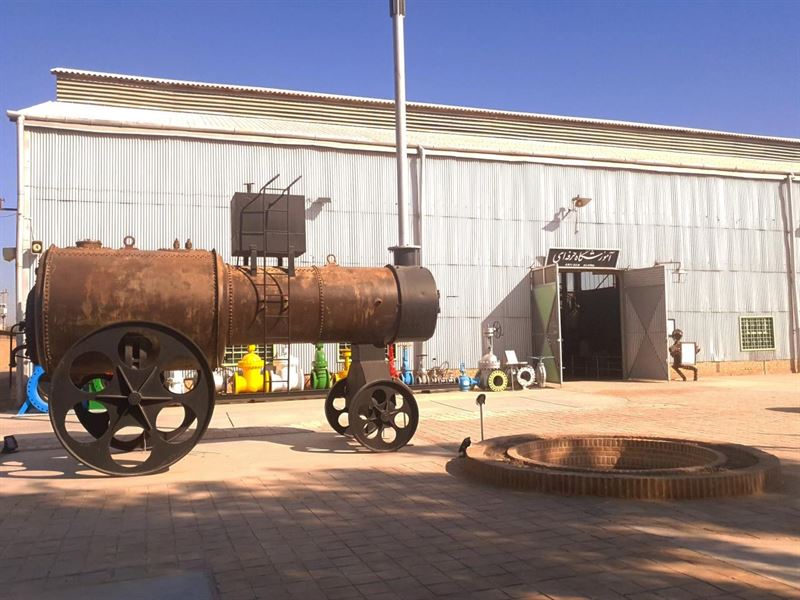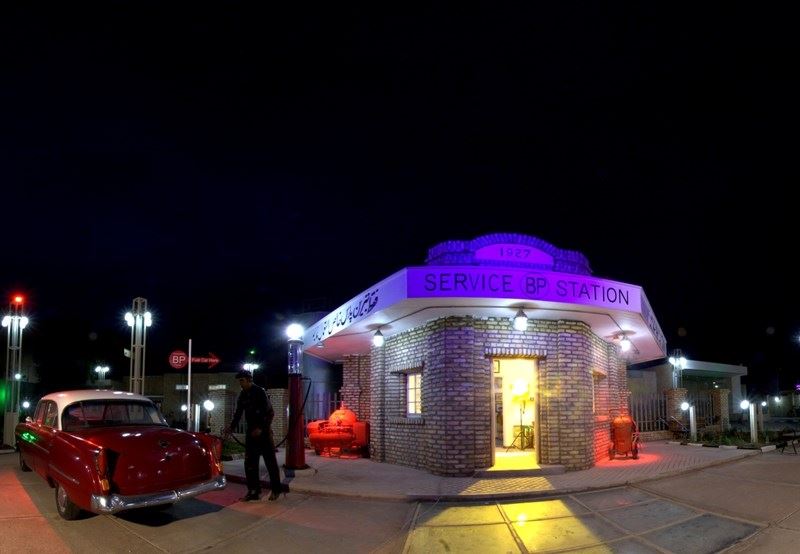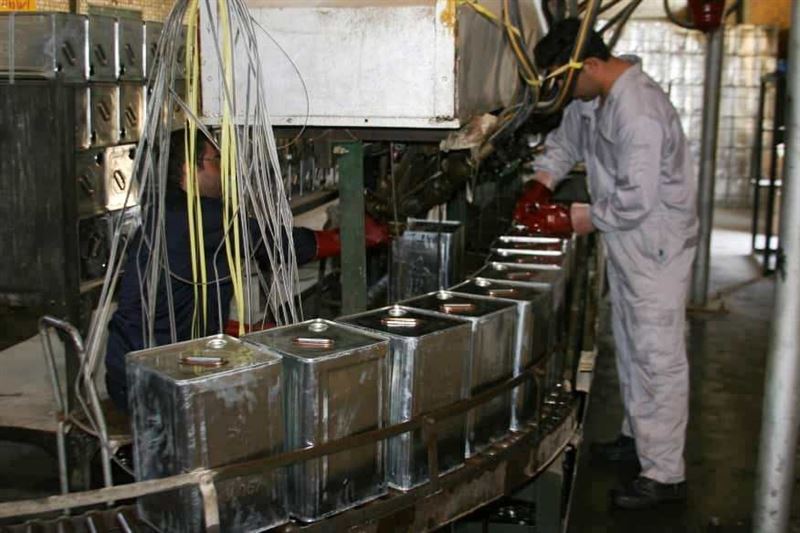NEMATOLLAHI:
Abadan Artisan, Iran Largest Industrial Museum
Saturday, January 12, 2019
The director of petroleum industry museums and documents center has said that the Abadan Artisan Museum is the largest industrial museum in Iran.
Akbar Nematollahi made the remarks at a news conference held on the sidelines of the inauguration of the museum in the oil-rich city of Abadan, which is noted for housing Iran’s first oil refinery. The Abadan Artisan Museum covers a total 12,000 square meters, including 7,000 square meters of floor area.
The Abadan Artisan Museum is the second among Iran’s petroleum museums to be inaugurated.
“Throughout preliminary studies conducted by the cultural heritage advisors of petroleum museums, Abadan was considered to be a city-museum in light of its big potential,” said Nematollahi, adding that five petroleum museums would be launched at five spots across Abadan in the first phase of the project.
He said Power Plant No. 1 of Abadan Refinery, luxury residences and the historical jetty of the city were the other three spots where studies were under way for their transformation into petroleum museums. He said that they were in line to become operational after the inauguration of the artisan museum.
Abadan Artisan Museum

Nematollahi said: “All of the places enjoying historical value in the city of Abadan, which have been identified by the Directorate of Petroleum Museums, would not be necessarily transformed into museum. Rather, they will be registered as national monuments to be restored and curated.”
He said Abadan hosted the highest number of nationally registered monuments in the petroleum sector.
“So far, more than 90 places have been registered nationally in this city and this process is continuing. Furthermore, some of these places are extra-national and we have to find a way to have them registered at the International Industrial Heritage Organization,” said Nematollahi.
He enumerated some of these places as the power plant no. 1, jetty, crane and older units of the refinery.
“For instance, the older sections of the Abadan refinery are among things that currently exist nowhere in the world. Their national registration has been done at the order of Mr [Bijan] Zangeneh, the minister of petroleum,” Nematollahi said.
He said the Directorate of Petroleum Industry Museums and Documents was concerned with looking after places which are likely to be destroyed.
“Preserving petroleum industry memories and heritages are of significance to us and such places should not be repurposed for commercial use,” he added.
Abadan Gasoline Museum

Nematollahi cited the example of Petroleum Radio building in Abadan, which has been abandoned over the years.
“The Petroleum Radio station was among places which had been forgotten about in the past years. When we focused on it to become a museum, some people at IRIB took some measures. Of course we do agree with any useful action in favor of preserving such places and will do our best to cooperate with them,” he said.
“We would be more than happy to see our longtime friends and organizations take a step for the development of Abadan. But such places should not be taken from the Ministry of Petroleum to become shopping centers or such places. That would be injustice vis-à-vis the people in Abadan to erase a century-old heritage in this city,” said Nematollahi.
He also touched on the petroleum industry’s background in Khuzestan Province and its cities like Masjid Soleiman (MIS), which may be transformed into a city-museum.
“In the petroleum industry, 30 spots in different locations are considered to be transformed into museum. They are mainly in Khuzestan, from Abadan to Darquain, Ahvaz, Omidieh, Aghajari, …. All of them could become city-museum. We have many historical places for sight-seeing in MIS,” he said.
Nematollahi said the Gasoline Museum was located in an attractive and widely frequented location in Abadan.
“It would be good for the city and the region to see the number of such [tourist attractions] increase. There is no gasoline museum in the region. There are such places in the United States and Europe, but not in the Middle East region,” he said.
Kermanshah Can Manufacturing Filling Plant

Nematollahi also said the second gas station museum would be inaugurated in Tehran by the end of the current calendar year in Tehran.
“Of course, the architecture of this gasoline station is different from the Abadan Gasoline Museum. The one in Abadan is unique in structure and one-of-the-kind in Iran,” he said.
Nematollahi also called for the opening of petroleum museums in the cities of MIS, Tehran, Kerman (south), Kermanshah (west) and Mashhad (northeast).
“For instance, the Mashhad museum is exclusively about the distribution of petroleum products and the Sabzevar museum is a gas station. Kermanshah houses the can manufacturing and filling plant, which used to exist in Abadan. However, the plant in Kermanshah is clean. This factory used to run on a single electro-engine, which is unique. It is currently being restored and renovated,” he said.
Nematollahi also said that 124 places belonging to the petroleum industry had been registered as national cultural heritage.
He also responded to questions raised by journalists attending the inauguration ceremony.
The Abadan Artisan Museum is located on the site of the Abadan Technical Institute, where would-be petroleum industry staff were trained.
Instruments used at the workshops, the administrative departments of the vocational school as well as objects and artefacts related to the history of petroleum are among things on display at the Abadan Artisan Museum.







